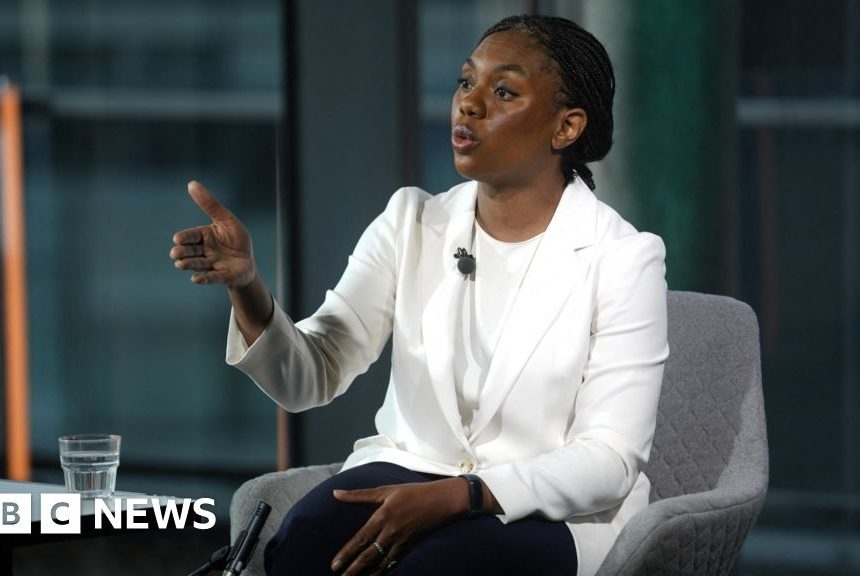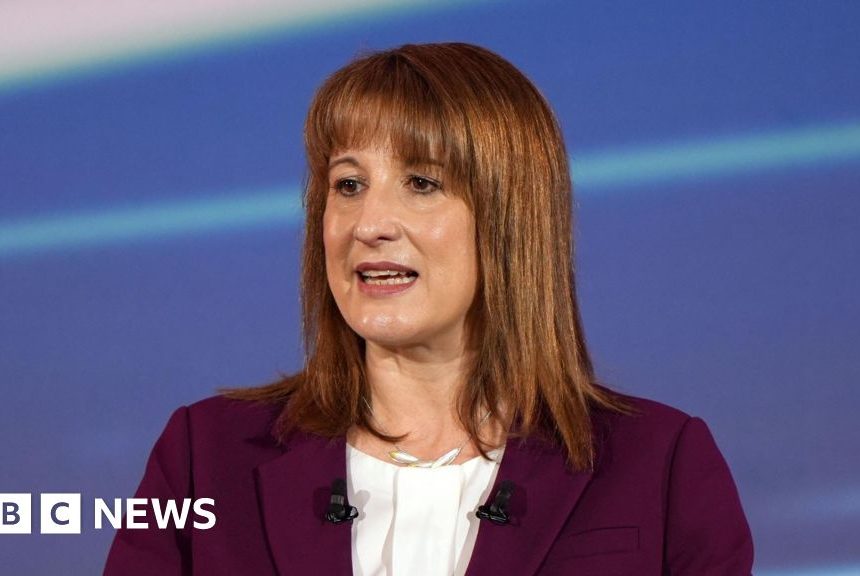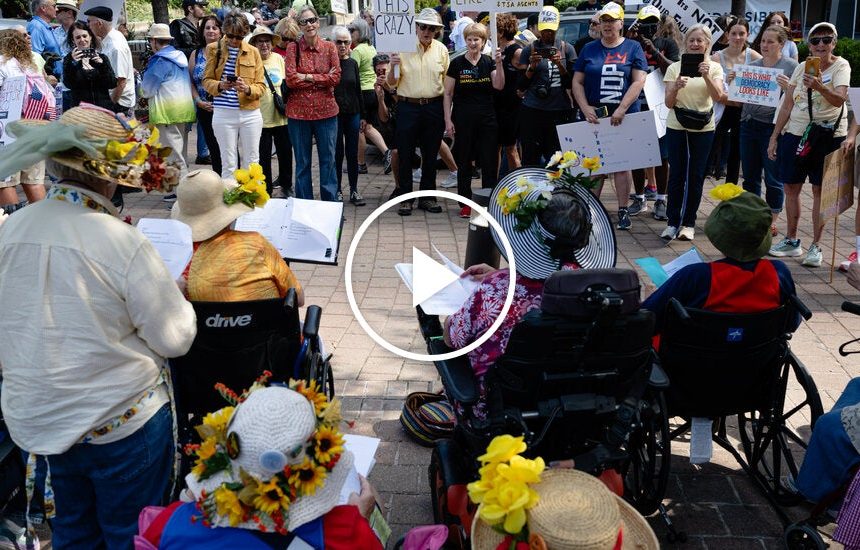Democrats say they will not vote to end the government shutdown unless Congress extends extra Obamacare subsidies that are set to expire next year. Republican leaders have said the subsidies shouldn’t be a part of legislation to reopen the government, though several individual lawmakers are open to the idea.
Should the extra subsidies expire, how much more will people with Obamacare plans pay?
The subsidies, first passed in 2021 and extended in 2022, make health insurance less expensive for nearly all those who buy their own coverage. Since the subsidies’ creation, enrollment in Obamacare markets has more than doubled. Without them, premiums will increase for more than 20 million people next year, and an estimated two million people are expected to lose coverage. But the magnitude of the change depends on where people live, how old they are, and what they earn.
Estimated change in monthly premiums if subsidies expire
Extending the subsidies would cost the federal government around $23 billion next year and about $350 billion over the next decade, according to estimates from the Congressional Budget Office. But, without them, many Americans will face much higher costs before the midterm elections next fall — in some cases, increases of more than a thousand dollars per month.
The numbers in our analysis come from researchers at the health research group KFF, and involve some estimates about insurance prices in every county for 2026.
For the lowest earners, free insurance could go away.
For people earning the lowest incomes, the expiration of the subsidies would mean the end of free, generous insurance. Americans who are eligible for subsidies and earn less than $24,000 a year don’t have to contribute money toward their premiums now, though they still face some co-payments and deductibles when they use their insurance.
Monthly premiums for individuals earning $22,000
A single person earning $22,000, for example, would have to pay $66 a month for a typical plan if the subsidies expire.
Around half of all enrollees in Affordable Care Act marketplaces nationwide would experience increases in this range — from a free premium to one between $27 and $82 a month. This group includes many people close to the poverty line in states that didn’t expand their Medicaid program. Their insurance would remain heavily subsidized, just at the lower level established by the original Affordable Care Act legislation.
Although the price difference in dollars looks small, it can mean a lot for people who earn less than $2,000 a month. Since the enhanced subsidies became law, sign-ups in this lowest income group have tripled, with particularly large increases in Texas, Florida and Georgia. Some critics of the subsidies say the numbers have gotten so high that they are concerned about fraud.
People who earn a little more — $35,000 a year — would also see relatively standard price increases around the country. Their cost for a typical plan would more than double without the extra subsidies, from $86 a month to $218 for a popular plan.
Monthly premiums for individuals earning $35,000
Around 40 percent of enrollees earn between $24,000 and $63,000 and would experience increases of this type.
For individuals who earn about $65,000, location matters, but age matters more.
Many older people at this income level would experience a sharp increase in premiums — from a few hundred dollars a month to $1,000 or more.
The enhanced subsidies created a ceiling on how much people earning more than $63,000 have to pay. Without them, they will have to pay whatever insurers in their markets charge. People in this group tend to be self-employed or work for small businesses.
Because insurers are allowed to charge higher prices to older customers than younger ones, subsidies for people at this income level make the biggest difference for people close to retirement age.
Monthly premiums for individuals earning $65,000
But where they live also matters. Premiums tend to be higher in rural areas, and they are particularly high in a handful of very rural states, like Wyoming and West Virginia.
For some people in the most expensive markets, the increases could be staggering. A 60-year-old living in Key West, Fla., could see premiums go from $460 a month with the subsidies to $2,400 a month without.
Increase in monthly premiums for individuals earning $65,000, if subsidies expire
Fewer than 10 percent of all Obamacare customers earn $65,000 or more.
For the top earners who receive subsidies, age matters the most.
People with even higher incomes have to pay a lot for Obamacare health insurance, with or without the extra subsidies.
Monthly premiums for individuals earning $95,000
Many younger people who earn this much aren’t seeing any benefit from the extra subsidies. The subsidies kick in only when the cost of insurance is more than 8.5 percent of their income, which comes up only in the most expensive markets.
But some older people with high incomes do save money with the extra subsidies. Without them, they will pay even more than they already do.
Increase in monthly premiums for individuals earning $95,000, if subsidies expire
Our charts and maps focus on how subsidies affect individuals buying insurance. The math is a bit more complicated for people who are buying insurance for their whole family. But the basic patterns are similar: Families at lower incomes would face more uniform increases, while families at higher incomes would see variable price increases, depending on where they live and the age of each family member. You can estimate your personal household costs with and without the subsidies using this calculator from KFF.
About the data
The numbers in our analysis come from researchers at the health research group KFF and involve some estimates about insurance prices in every county for 2026 based on 2025 prices and the average statewide price increases insurers have reported to regulators. Final prices for each individual market will not be public for several weeks.
Consumer costs are calculated based on the price of the “benchmark” silver plan in each market, the second-least expensive plan that covers around 70 percent of the average enrollee’s medical costs. Individual consumers may pay more or less if they choose other plans in the market.
In a handful of states, people earning $22,000 won’t be immediately affected by subsidy changes because they qualify for different low-cost state insurance programs: Medicaid in Alaska, Hawaii and the District of Columbia; and the basic health plan in Minnesota, Oregon and New York (the basic health plan is Medicaid-like coverage with low premiums for a sliver of low-income Americans in certain states). New York residents earning $35,000 also currently qualify for the basic health plan.


